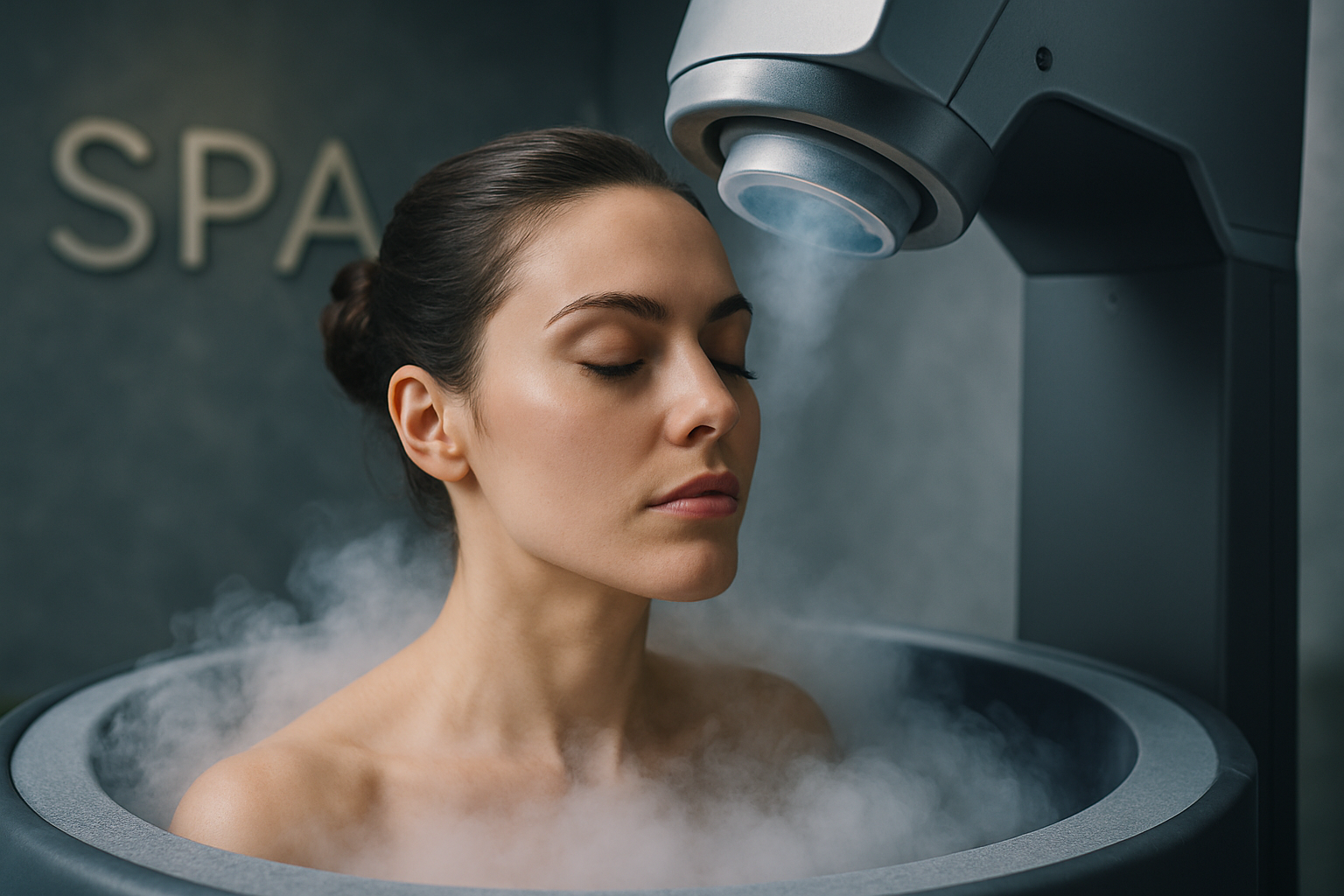Unlocking Skin Rejuvenation: Methods, Benefits & Costs
Discover how modern skin rejuvenation blends advanced lasers and clinical skincare to restore tone, texture, and firmness. This guide explains popular treatments like fractional laser, IPL, CO2 and erbium resurfacing, typical results, expected downtime, and cost ranges to help you choose the right option.

Skin rejuvenation has become a mainstream way to refresh appearance and repair years of sun exposure, scarring, and aging. By combining precision devices and targeted skincare, clinics can stimulate collagen, resurface damaged layers, and even skin tone and texture. Below is a practical breakdown of the most commonly used laser-based approaches, what conditions they treat, how long benefits typically last, what to expect during a clinic visit, and the typical costs involved.
How laser-based skin rejuvenation works
Laser and light therapies deliver controlled energy into the skin to trigger tissue repair and renewal. Some devices vaporize tiny areas of the surface to remove damaged cells, while others heat deeper layers to promote collagen remodeling without disrupting the outer skin. The treatment chosen depends on the depth and kind of concern being addressed. Collagen stimulation is central to the visible improvements: as new collagen forms, skin becomes smoother, firmer, and more even in tone.
Common types of laser and light treatments
-
Fractional laser resurfacing: Delivers microscopic columns of energy that create small, controlled injuries surrounded by intact tissue. This pattern speeds healing and boosts collagen to improve fine lines, texture, and scarring.
-
Intense Pulsed Light (IPL): A broad-spectrum light therapy (not a true laser) that targets pigmentation, sun damage, and redness. IPL is versatile for overall tone improvement and minimizing age spots.
-
CO2 laser resurfacing: A powerful ablative laser that removes deeper layers of skin. Best for pronounced wrinkles, deep scars, and significant sun damage. It can yield dramatic results but requires longer recovery.
-
Erbium laser resurfacing: A milder ablative option than CO2, erbium effectively treats fine lines and surface texture with a shorter downtime.
-
Non-ablative lasers: These heat the dermis without removing the surface, stimulating collagen with minimal peeling or downtime. Multiple sessions are usually needed for optimal outcomes.
What skin concerns can be improved
Laser and light-based rejuvenation can address many common issues, including:
- Fine lines and wrinkles
- Sun spots, hyperpigmentation, and age spots
- Uneven skin tone and rough texture
- Acne scars and other types of scarring
- Enlarged pores
- Persistent redness and rosacea-related concerns
- Dull, tired-looking skin
- Loss of elasticity and firmness
The best approach depends on your skin type, the severity of the concern, and your recovery tolerance.
How long do results last?
Results vary by procedure, skin condition, and lifestyle. Some non-ablative treatments may offer improvements lasting several months to a year and generally require maintenance sessions. Ablative treatments like CO2 or erbium often produce longer-lasting, more noticeable changes—sometimes years—because they restructure deeper tissue. Regardless, biological aging continues, so periodic touch-ups plus a consistent home regimen and sun protection are recommended to preserve benefits.
What to expect during a clinic appointment
-
Consultation: A thorough assessment will cover your medical history, skin evaluation, and goals. The clinician will explain suitable options and expected outcomes.
-
Preparation: The treatment area will be cleansed. Topical anesthetic may be applied for comfort, especially with ablative procedures.
-
Procedure: Session length varies by modality and treated area; many face procedures take 30 to 60 minutes. You may feel heat, tingling, or mild discomfort depending on the device.
-
Immediate aftercare: Providers give tailored aftercare instructions that can include gentle cleansing, moisturizers, sun avoidance, and possible topical medications to support healing.
-
Follow-up: Depending on the treatment, follow-up visits monitor healing and determine if additional sessions or touch-ups are needed.
Typical cost ranges
| Treatment Type | Average Cost per Session | Number of Sessions Typically Needed |
|---|---|---|
| Fractional Laser | $1,000 - $2,500 | 3-5 |
| IPL | $300 - $600 | 3-6 |
| CO2 Laser | $2,000 - $4,000 | 1-2 |
| Erbium Laser | $1,500 - $3,000 | 1-2 |
| Non-ablative Laser | $750 - $2,000 | 3-5 |
Prices and rates are approximate and subject to change. Independent research and clinic consultations are advised before making financial decisions.
Making the right choice and maximizing results
Selecting a treatment should be a collaborative decision between you and a qualified clinician. Consider your downtime tolerance, budget, and the specific skin problems you want to address. To extend the life of results, adopt a daily skincare routine that includes broad-spectrum sunscreen, antioxidants, and moisturizers; avoid excessive sun exposure; and follow any clinician-recommended maintenance schedule. Many clinics also provide post-treatment product recommendations or package pricing to improve outcomes and reduce overall cost.
Skin rejuvenation can deliver meaningful improvements in texture, tone, and youthfulness when chosen and performed appropriately. Always consult an experienced, credentialed practitioner to tailor a plan to your skin type and goals.
This article is for informational purposes only and should not be considered medical advice. Please consult a qualified healthcare professional for personalized guidance and treatment.






